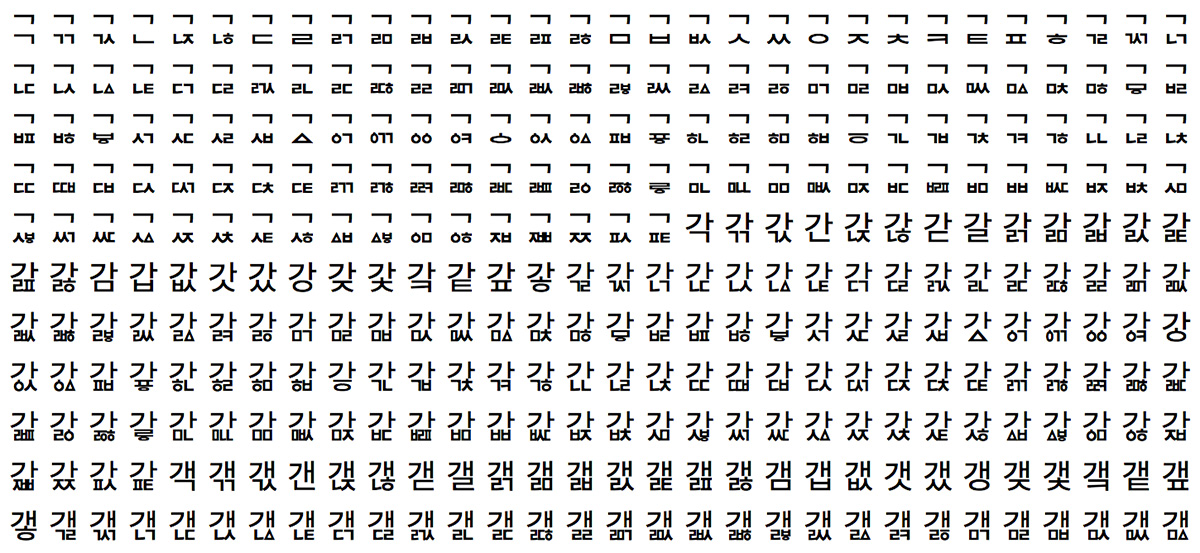Prior to Japan’s script reform of 1900, there was more than one shape associated with each syllable of the hiragana syllabary. There is now only one shape associated with each syllable. The now-obsolete and nonstandard shapes are referred to as hentaigana (変体仮名), which simply means variant kana. Hentaigana are still in use today in Japan, but are limited to Japan’s family registry (戸籍 koseki in Japanese) and specialized uses, such as business signage and other decor that are specifically designed to convey a feeling of nostalgia or traditional charm.
In addition to the Wikipedia article that is linked from the previous paragraph, 『変体仮名のこれまでとこれから—情報交換のための標準化』 (The past, present, and future of hentaigana: Standardization for information processing) by TAKADA Tomokazu (高田智和) et al. and About the inclusion of standardized codepoints for Hentaigana by YADA Tsutomu (矢田勉) serve as excellent reading material.
Continue reading…




